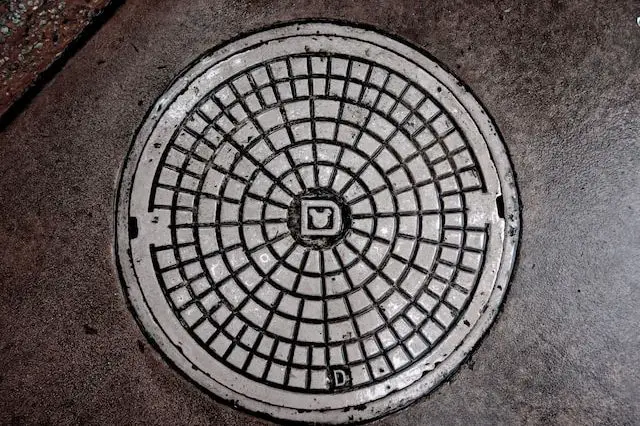How Do Sewer Systems Work? 12 Things to Know

Sewer systems might not be the most glamorous topic, but they’re essential to our modern lives. Serving a vital role in managing wastewater, removing pollutants, and protecting public health, these intricate networks of pipes often go unnoticed beneath our bustling cities and towns.
In this article, we’ll delve into the fascinating world of sewer systems and explore the key aspects that enable them to transport wastewater from our homes to treatment facilities.
12 Things Everyone Should Know about Sewer Systems
If you give them a chance, sewer systems can be quite fascinating. Join us as we uncover the twelve hidden complexities that keep our communities clean and safe every single day.
1. An Essential Service
Sewer systems play a crucial role in our daily lives. They help manage wastewater, remove harmful pollutants, and protect public health. Understanding the workings of a sewer system can help us appreciate this often-overlooked service that didn’t even exist until 1855.
2. Two Types of Systems
There are two main types of sewer systems, the combined sewer system (CSS) and the separate sewer system (SSS). While CSS channels both stormwater and sewage together, SSS separates them into different pipes, treating each accordingly. The US uses both systems.
3. Wastewater Treatment
Sewer systems collect wastewater from homes, businesses, and industries in cities and communities. This wastewater is then transported to treatment facilities, where it undergoes multiple processes to remove contaminants before being released back into the environment.
4. How Sewer Lines are Repaired
Sewer system management relies on skilled professionals working tirelessly to keep pipes flowing smoothly and maintain vital infrastructure for the well-being of all residents. If you want to see professional sewer repair in action, check out Arrow Sewer and Drain’s video.
5. The Power of Gravity
In most sewer systems, gravity does much of the work in moving water through pipes. Sloping pipes at specific angles allow wastewater to flow efficiently while minimizing blockages and the need for pumping. It’s easy to see why most communities prefer to use this system.
6. Pumping Stations
In areas where gravity alone cannot provide sufficient flow or force to move water through pipes, pumping stations are used to propel wastewater through pressurized lines toward its final destination—the treatment plant. Pumping stations are also used to drain low-lying lands.
7. Manhole Access Points
Manholes serve as access points for maintenance workers who regularly inspect and maintain sewer infrastructure. They’re an indispensable part of any efficient system and give professionals a reliable entryway during repairs. Citizens shouldn’t interact with manhole covers.
8. Preventing Blockages
You can play a role in keeping your local sewer system running smoothly by avoiding flushing items like wet wipes or grease down drains which can accumulate over time, leading to clogs. You should speak to the members of your household about how to protect your plumbing.
9. Stormwater Runoff Management
Properly designed sewer systems also take stormwater runoff into account by incorporating features like detention ponds or infiltration basins that slow down water flow during heavy rains. This helps reduce flooding risks and excessive erosion that could prohibit a stream from flowing.
10. Odor Control Measures
Wastewater may produce unpleasant smells, which are addressed through chemical treatments, scrubbers, or filters installed at strategic points within sewer systems. Homeowners can also eliminate drain odors and sewer smells by sprinkling baking soda or using fresh citrus.
11. Environmental Protection
Sewer systems play a key role in protecting the environment by collecting contaminants and treating wastewater before release. This helps prevent pollution of local water sources like rivers, lakes, and groundwater reserves. Without treatment, local wildlife could perish.
12. Regular Maintenance Is Key
Proactive monitoring and maintenance of sewer infrastructure help detect problems early on before they escalate. This can save communities time and resources while minimizing disruptions to essential services. Maintenance is also important for individual homeowners.
In Conclusion
Understanding how sewer systems operate can give us a newfound appreciation for the indispensable role they play in managing our wastewater and safeguarding our environment.
As responsible citizens, let’s do our part in keeping these lifesaving networks running smoothly by disposing of waste properly and being mindful of its importance to public health. We encourage you to share this invaluable knowledge with friends, family, and neighbors.





